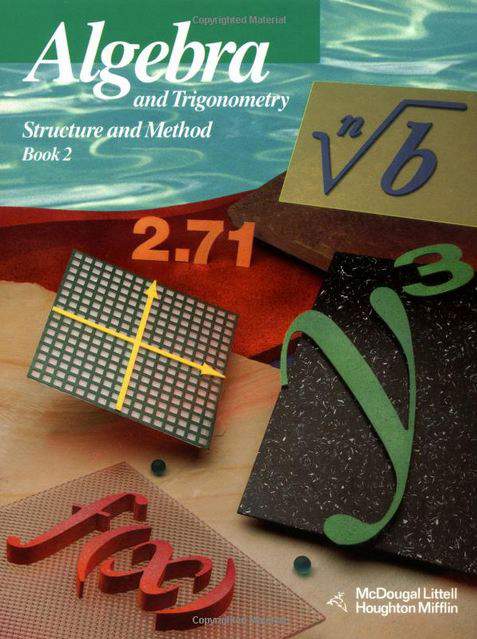Connecting...

This is a quick preview of the lesson. For full access, please Log In or Sign up.
For more information, please see full course syllabus of Algebra 2
For more information, please see full course syllabus of Algebra 2
Algebra 2 Solving Systems of Equations in Three Variables
Lecture Description
This is the first time we are discussing three equations and three variables. There are many similarities of solving systems of equations in three variables to solving systems of two variables. Firstly, you can use substitution, elimination, and multiplication to solve these systems. A solution of this system is an ordered triple of values. Secondly, a system with three variables can have one solution, no solution, or infinitely many solutions. If you think of the graphs of these equations, they are actually three straight lines. If these lines intersect, there's exactly one solution.
Bookmark & Share
Embed
Share this knowledge with your friends!
Copy & Paste this embed code into your website’s HTML
Please ensure that your website editor is in text mode when you paste the code.(In Wordpress, the mode button is on the top right corner.)
×
Since this lesson is not free, only the preview will appear on your website.
- - Allow users to view the embedded video in full-size.
Next Lecture
Previous Lecture









































 Carleen Eaton
Carleen Eaton Grant Fraser
Grant Fraser
 Answer Engine
Answer Engine



1 answer
Sun Apr 8, 2018 2:47 PM
Post by John Stedge on March 27, 2018
At approx. 4 mins why don't you just multiply the equation by a negative two; this gets rid of having to carry the negative sign and the possibility of adding the wrong number on accident. Just a suggestion :)!
1 answer
Sat Feb 23, 2013 6:35 PM
Post by bo young lee on February 19, 2013
i dont get the example 1 of the slove for y. can you explain more easy?
1 answer
Sun Jan 29, 2012 4:41 PM
Post by Ken Mullin on January 25, 2012
Very concise explanations accompanying video---good review of each step.
I sometimes accompany an explanation of this type systems of equations--triples--with a quick solution using matrices on the TI-84.
Students become skillful in obtaining a quick answer for x, y, and z when the identity matrix appears.